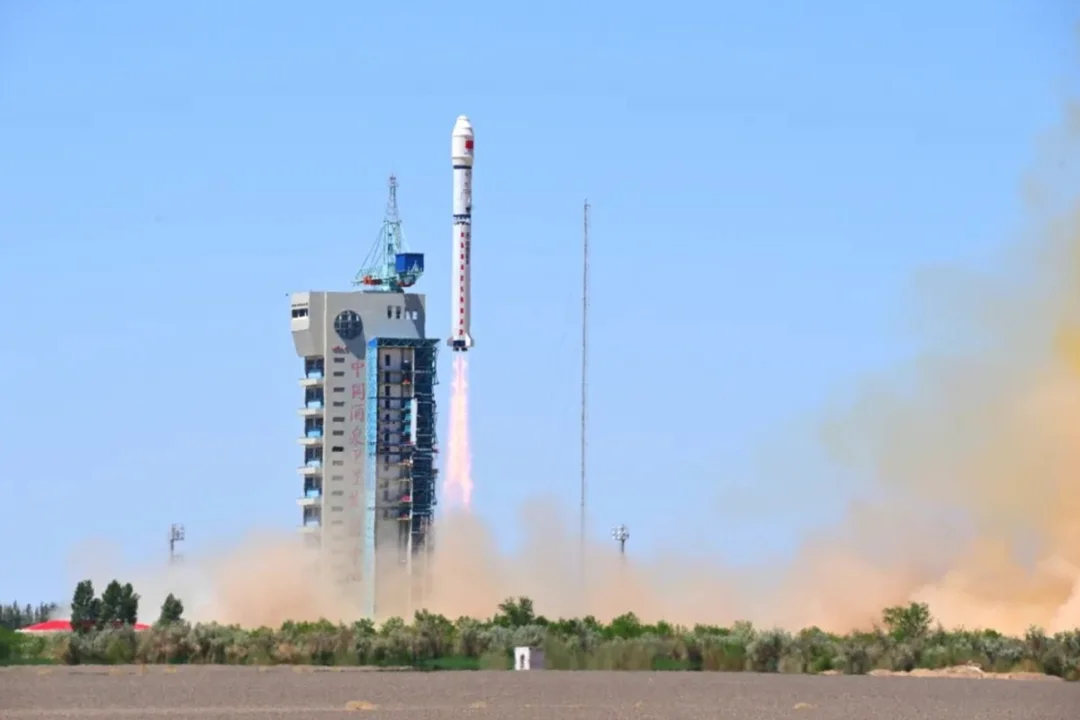
China’s Bold Leap: Building a Space-Based Supercomputer Constellation for AI Dominance
China is making a significant move in the global computing arms race, setting its sights on dominating space-based computational power. Last week's launch of 12 satellites marks the beginning of the world’s first orbital computing constellation, a project poised to revolutionize data processing and AI applications. This initiative, spearheaded by companies and research institutions like Guoxing Aerospace and Zhejiang Lab, demonstrates a clear ambition to leverage the unique advantages of space.

The move to process data in orbit, rather than relying solely on terrestrial infrastructure, offers several potential benefits. The abundance of solar energy and the low cooling demands of the space environment present compelling advantages. China also hopes that it will lower launch costs. Moreover, this approach promises increased speed and efficiency, with applications ranging from real-time disaster response to creating solar-powered orbital “data factories.”
The 'Three-Body Computing Constellation,' as ADA Space calls it, is designed to significantly reduce reliance on ground-based computing. The constellation boasts a combined processing power of 5 peta operations per second (POPS) with 30 terabytes of onboard storage. Each satellite is equipped with an 8-billion parameter AI model, allowing for 744 tera operations per second (TOPS). To put that in perspective, the Chinese government hopes the network of thousands of satellites will be able to achieve 1,000 POPS.

These satellites don’t just compute; they also carry advanced AI capabilities, up to 100 Gbps laser inter-satellite links, and remote sensing payloads. One satellite even features a cosmic X-ray polarimeter to detect transient events like gamma-ray bursts. This constellation marks a shift towards satellites that not only sense and communicate but also function as data processors and AI platforms.
China aims to build a network of 2,800 satellites. China's broader 'Star-Compute Program' also involves partnerships with companies such as SoftStone and Kepu Cloud, focusing on ground-based computing centers and AI platforms. This mission is part of China's national “New Infrastructures” initiative, supporting the country's goal to be a global AI leader by 2030.
According to the South China Morning Post, the limitations of traditional satellite transmissions, where “less than 10 per cent” of satellite data reaches Earth due to bandwidth and ground station availability, are a significant motivation. As Jonathan McDowell, a space historian and astronomer at Harvard University says, “Orbital data centres can use solar power and radiate their heat to space, reducing the energy needs and carbon footprint.”
STAR.VISION spokesman Chen Junrui believes "the fusion of AI represents the future of the space industry. In the long term, space-based computing could become a foundational infrastructure accessible to all."
This ambitious project raises important questions about the future of computing and the potential for space-based infrastructure. Will this initiative give China a significant advantage in AI and data processing? How will the US and other nations respond to this challenge?
What are your thoughts on China's pursuit of space-based supercomputing? Share your perspectives in the comments below!